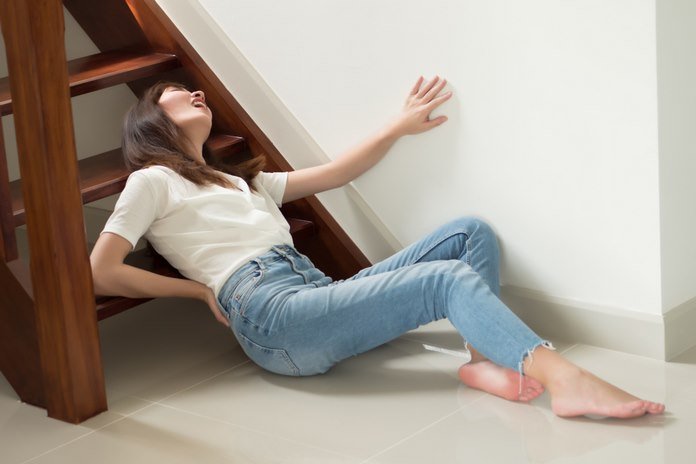Top Causes Of Herniated Disc
A herniated disc is not common in children. Usually, a true herniated prolapse is most common in teens, young and middle-aged adults. In older people, degenerative changes that occur in the spinal column with aging make it less likely they will experience a true prolapsed disc.
There can be a sudden rupture because of too much pressure on a disc all at once. For example, landing in a sitting position or falling from a ladder can cause a significant amount of exertional force across the spinal column. If the force is great enough, either a disc can rupture, or a vertebra can fracture or break. Furthermore, if you bend and try to lift something heavy, the force can cause your vertebral disc to rupture.
A small amount of force can also cause a disc rupture – usually due to weakening of the fibers of the vertebral disc by repeated injuries that add up over time. As the fibers become weaker, at some point you bend in such a way or lift something that causes too much pressure across the disc. It may cause rupture of the weakened disc while the same thing you are doing five years earlier would not have caused any problem.
A herniated disc causes several problems. First, the ruptured material inside the spinal canal can cause pressure on the adjacent nerves in the spinal canal. Studies have also shown some evidence that the rupture of the fibrous material inside a disc causes a chemical irritation of the nerve roots. Both the chemical irritation and pressure on the nerve root can lead to problems with how the spinal nerves function. The combination of these factors is the leading cause of pain, weakness, and numbness in the area of the body that the nerve is going to.

